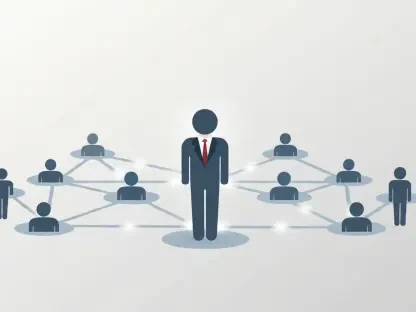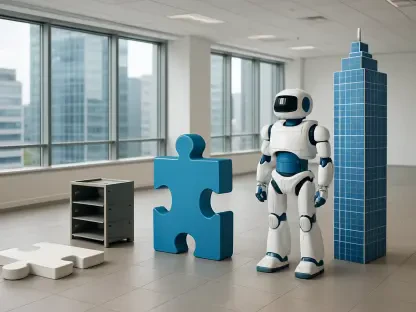Can America compete in a world increasingly dominated by artificial intelligence? This pressing question gains urgency from a staggering statistic: over 19 million U.S. jobs currently face jeopardy from advancing automation. Picture a factory worker, once secure in a manual job, now caught in the uncertainty of an AI-powered workplace. This evolving landscape poses both a challenge and an opportunity for the entire nation.
The Importance of Adaptation in the AI Age
Artificial intelligence is reshaping industries, affecting blue-collar workers, service employees, and administrative staff most severely. As AI-driven technologies advance, job roles traditionally viewed as stable are rapidly transforming or vanishing altogether. Faced with potential job losses on an unprecedented scale, the urgency of adapting to these technological shifts becomes undeniable. The drive to retrain and reskill workers is paramount not just for individuals but for ensuring national economic stability. Here, government intervention emerges as a pivotal tool in safeguarding the workforce’s future.
Trump’s AI Action Plan: An In-Depth Look
In response to these challenges, President Trump’s administration unveiled a comprehensive AI action plan centered on rapid worker retraining. A key element of the plan involves collaboration between the U.S. Department of Labor (DOL) and various employers to develop robust training programs tailored to AI infrastructure positions. The initiative includes incentives for upskilling current workers and guidance from the Treasury Department, which facilitates tax-free reimbursements for AI skill development investments. By fostering public-private collaboration, the plan aims to successfully realign displaced workers with new, tech-focused career paths.
Insights from Thought Leaders
Deputy Secretary Keith Sonderling emphasizes the “worker-centric” focus of this initiative, highlighting its importance in empowering workers with the necessary skills for the AI era. Recent reports further underscore the urgency by detailing significant job displacement risks across several sectors. Industries such as manufacturing and retail, actively navigating retraining challenges, offer valuable insights into effective adaptation strategies. These examples serve as a testament to the potential of concerted efforts in navigating the complexities of the AI revolution.
Strategies for Navigating the Transition
Adapting to the AI-driven market demands proactive efforts. Workers can take significant strides by enrolling in AI literacy and upskilling programs. Simultaneously, companies play a role by providing incentives and cultivating continuous learning. Assessing skill gaps and seeking relevant training opportunities equips individuals for future success. A well-equipped workforce forms a crucial pillar in maintaining the competitive edge of American industries.
The unfolding AI revolution requires a strategic response to safeguard American jobs and ensure long-term prosperity. Embracing continuous learning and developing skills aligned with AI sector needs are essential steps. As AI technologies continue to evolve, the call for collective action resounds, encouraging individuals, employers, and policymakers to work hand in hand. This collaborative mindset promises not only to navigate the current challenges but also to seize the opportunities AI brings to the nation’s workforce.









